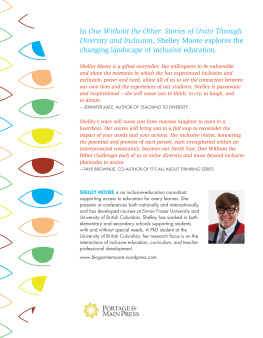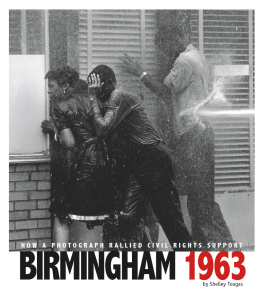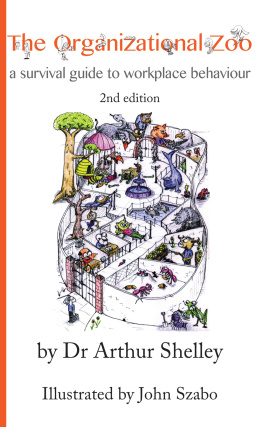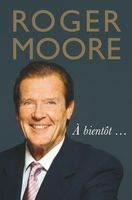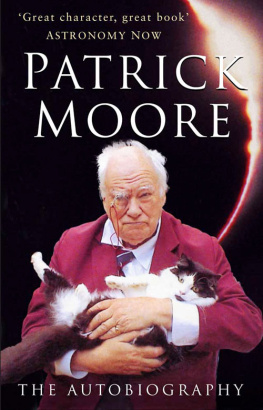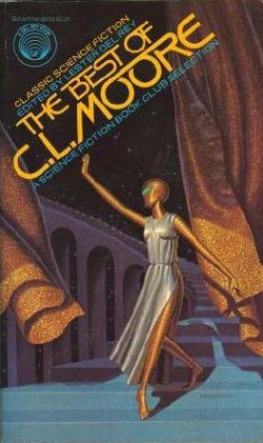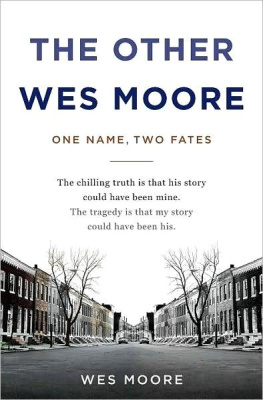Shelley Moore - One Without the Other
Here you can read online Shelley Moore - One Without the Other full text of the book (entire story) in english for free. Download pdf and epub, get meaning, cover and reviews about this ebook. publisher: Portage & Main Press, genre: Religion. Description of the work, (preface) as well as reviews are available. Best literature library LitArk.com created for fans of good reading and offers a wide selection of genres:
Romance novel
Science fiction
Adventure
Detective
Science
History
Home and family
Prose
Art
Politics
Computer
Non-fiction
Religion
Business
Children
Humor
Choose a favorite category and find really read worthwhile books. Enjoy immersion in the world of imagination, feel the emotions of the characters or learn something new for yourself, make an fascinating discovery.
- Book:One Without the Other
- Author:
- Publisher:Portage & Main Press
- Genre:
- Rating:3 / 5
- Favourites:Add to favourites
- Your mark:
- 60
- 1
- 2
- 3
- 4
- 5
One Without the Other: summary, description and annotation
We offer to read an annotation, description, summary or preface (depends on what the author of the book "One Without the Other" wrote himself). If you haven't found the necessary information about the book — write in the comments, we will try to find it.
One Without the Other — read online for free the complete book (whole text) full work
Below is the text of the book, divided by pages. System saving the place of the last page read, allows you to conveniently read the book "One Without the Other" online for free, without having to search again every time where you left off. Put a bookmark, and you can go to the page where you finished reading at any time.
Font size:
Interval:
Bookmark:

For Lorne Bodin

2016 by Shelley Moore
Excerpts from this publication may be reproduced under licence from Access Copyright, or with the express written permission of Portage & Main Press, or as permitted by law.
All rights are otherwise reserved, and no part of this publication may be reproduced, stored in a retrieval system, or transmitted in any form or by any means electronic, mechanical, photocopying, scanning, recording, or otherwise except as specifically authorized.
Portage & Main Press gratefully acknowledges the financial support of the Province of Manitoba through the Department of Culture, Heritage & Tourism and the Manitoba Book Publishing Tax Credit, and the Government of Canada through the Canada Book Fund (CBF) for our publishing activities.
Printed and bound in Canada by Friesens
20 19 18 17 16 2 3 4 5
Cover and interior design by Relish New Brand Experience
Illustration: Jess Dixon
LIBRARY AND ARCHIVES CANADA CATALOGUING IN PUBLICATION
Moore, Shelley, author
One without the other : stories of unity through diversity & inclusion / Shelley Moore.
ISBN 978-1-55379-699-2
1. Inclusive education. I. Title.
LC1200.M665 2016 371.9046 C2016-900408-2

100-318 McDermot Avenue
Winnipeg, MB, Canada R3A 0A2
Toll free: 1-800-667-9673
www.portageandmainpress.com
Contents


Why do we do what we do? What is the legacy we leave as educators? These are questions Ive been wondering about lately. As an inclusive educator who is passionate about social justice and equity, teaching is not just a job. Its a passion. Its a vehicle to make a difference not just in the classroom, but in our communities and society. This book makes just such a contribution. Through story and metaphor, Shelley touches the heart and helps us to embrace diversity and move toward greater equity in our classrooms.
Educators need inspiration. We need new ways to consider and renew our practice. Shelley Moores work provokes us. It illustrates how we can align our values and practice. Its hard to argue with the concept of inclusion. But what does it really mean? What can it look like? Shelleys work takes up concepts such as Universal Design for Learning (UDL). With The Sweeper Van, Shelley helps us deepen our understanding of UDL. Shes right. We all need increased support at different points in our lives. With humour and gravitas, Shelley shows that how and when these supports are put into place for some, they can benefit many.
With stories like Presuming Competence, Shelley illustrates how students who provoke and challenge us offer us the opportunity to move into the unknown and develop our pedagogy. With this book, Shelley brings this point home time and time again.
Shelley was and is that student for me. She has helped me to see students as more than a snapshot. Ive come to know Shelley through many lenses. I was Shelleys teacher in grades 8 and 9 in Edmonton and then again during her Masters work at Simon Fraser University, and I now work with her as a PhD student. I also know her as a teacher and co-researcher and friend. As I taught and learned with Shelley over these past three decades, she has offered me many a telling moment. Her questions, protestations, risk taking, and creativity have helped me to see teaching and learning in new ways. Her teaching, learning, and research extend the ideas I take up in my scholarship. This is why I do what I do. What is my legacy? Its seeing my student surpass what I could only dream. Its seeing the next generation of innovators like Shelley reimagine and recognize social justice and equity in profound new ways that change outcomes for students who are the outside pins and showing how inclusive classrooms can increase the learning and life chances of all students. Wrapped up in these stories and metaphors are practices and insights to provoke and inspire. This book documents the beginnings of Shelleys legacy.
Enjoy the metaphors, stories, perspectives, and learning that accompany One Without the Other.
Leyton Schnellert, PhD
Faculty of Education
University of British Columbia Okanagan

I was teaching a course last summer at the University of British Columbia called Conceptual Foundations of Inclusive Education. Thirty or so practising teachers from various subject areas, knowledge expertise, and experience levels from across British Columbia joined me for three weeks of deconstruction, inquiry, and reflection, creating an engaging community of learners. The course was in July, and on this particular day, it was my birthday. We started the class with some cupcakes and hung up Happy Birthday bunting across the whiteboard, before diving into our explorations and understanding of the concept driving learning systems all over the world inclusive education.
I showed a slide to my students with four bubbles (see figure 1.1, page 2). Their job was to label the bubbles with the appropriate terms (inclusion, integration, exclusion, and segregation) based on their own experiences and prior knowledge of the concepts.
After some discussion, it was agreed that Bubble C in fact represented inclusion (see figure 1.2, page 3). This is the common consensus arrived at in many groups I have worked with, both in pre- and in-service professional development settings.
After some discussion, however, a student commented, Shelley, I dont think this diagram is inclusion, either. This caught me off guard.
Of course this is inclusion! I thought. I had shown this slide to hundreds if not thousands of people! What could she possibly mean?

Figure 1.1

Figure 1.2
She explained, Look what you have shown us. I see a bubble with a whole bunch of wavy dots. And then, there are a scattered handful of other patterned dots.
Yeah, I said, and.
Well, in my definition of inclusion, there is no other.
I stood there speechless, because she was absolutely right. The diagram I was presenting was not one of inclusion; it was an example of the traditional model of education. The model where our goal is to produce more of the same lingering evidence of the factory model of education where we needed to produce and replicate people to meet the demand of the workforce during the industrial revolution (Robinson 2009; Zhao 2009). A model where our job as educators (and especially special educators) is to identify students who arent wavy, and fix them. Send the checkered kids to the checkered teacher, the diamond kids to the diamond teacher, and the striped kids to the striped teacher. This model of education is a deficit, medical model, and I was showing the class a perfect example of how it was still plaguing us today. But more and more kids are coming to us not wavy! Not only is this model less effective, but also we are running out of funding, supports, and students to allow this model to continue. Some have met this shift in paradigm with panic; others are seeing it as an opportunity. This paradigm shift, however, is long overdue, and we need to start matching our goals of education to the goals and expectations needed to meet the current demands of our society which no longer wants people to simply comply. This is especially true now, as more and more occupations involving compliance and replication are being replaced by machines (Zhao 2009).
Next pageFont size:
Interval:
Bookmark:
Similar books «One Without the Other»
Look at similar books to One Without the Other. We have selected literature similar in name and meaning in the hope of providing readers with more options to find new, interesting, not yet read works.
Discussion, reviews of the book One Without the Other and just readers' own opinions. Leave your comments, write what you think about the work, its meaning or the main characters. Specify what exactly you liked and what you didn't like, and why you think so.

